Art followers who have enjoyed Adam Lindemann’s particular brand of irreverent and occasionally iconoclastic musings might have already got the message: he’s quit writing. His eponymous blog hasn’t been updated since 2015.
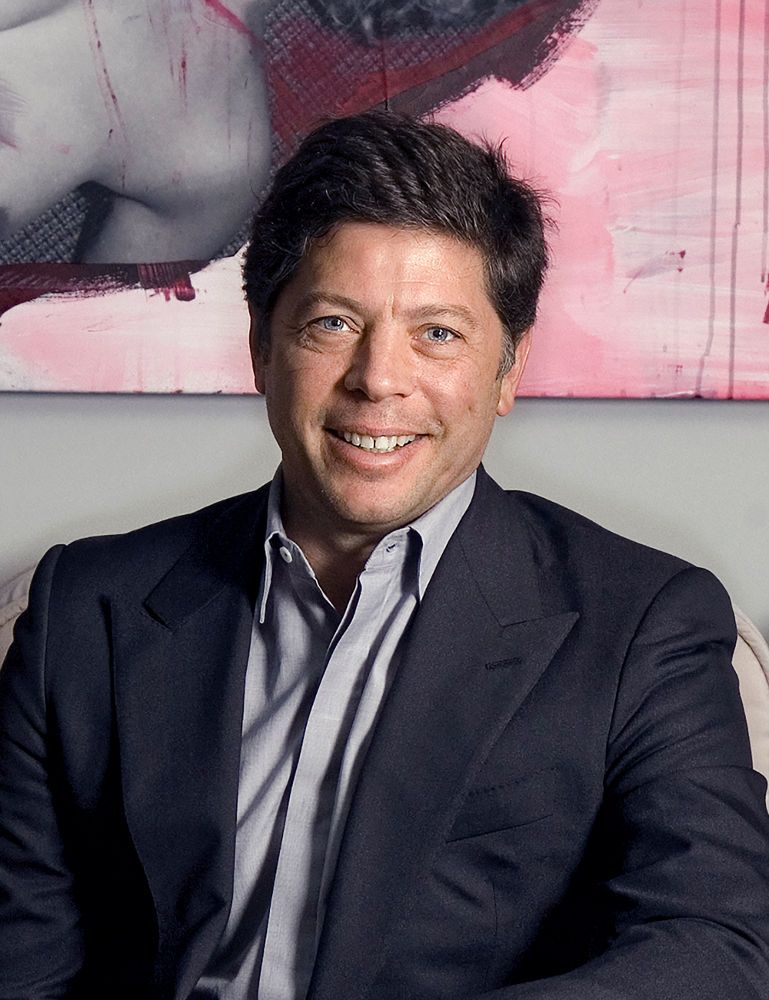 He is still irreverent and outrageously funny in conversation, but these days he is more interested in how blockchain and cryptocurrencies can change the art market dynamic by propelling it firmly into the future.
He is still irreverent and outrageously funny in conversation, but these days he is more interested in how blockchain and cryptocurrencies can change the art market dynamic by propelling it firmly into the future.
Besides, he says, everyone in the art world has a well-defined place and no one cares for their space being usurped by an interloper.
Today, Lindemann is focused on his gallery shows (the gallery, of course, being Venus Over Manhattan) and reveals a more philosophical, more pragmatic side, even if he does allow himself the odd flippancy.
This is partly in recognition of the fact that the art scene narrative has subtly shifted to become the art market narrative and that art itself has, over the last decade or two, matured into an asset class only accessible to sophisticated and seriously wealthy investors.
Deregulation has largely been replaced by an industry-wide consensus on what constitutes value, the latter being agreed upon by an inner sanctum of gallery owners, auction houses, art critics and art advisors, as well as major collectors.
Art advisory, a former bête noire of Lindemann’s, has gained traction, he says, because contemporary art prices have reached vertiginous heights.
Even the most confident collector would balk at taking a gamble in a market like that and besides, an adviser could be invaluable to the time-poor. In any case, art advisors, like financial ones, are accountable to their clients: their reputation is staked on being right because the wrong decision can be very, very costly.
I ask Lindemann if collecting for the simple pleasure of visual gratification is still the done thing.
“You have to decide if you are a collector or an investor, or both. If you buck the trend, you do so at your peril.”
The making of the “Trend” itself is an “Unknowable thing”, he says, but this makes it all the more exciting.
Where does that leave artists who create “for the love of art” and have poor or, God forbid, no representation?
Lindemann is candid on this too, decidedly more so than most in the art world.
Not everyone can, or should be universally appreciated as an artist, he says. That would be an absurdity. Not fair? The world’s not a fair place.
In any event, true artists shouldn’t crave instant or universal recognition.
Lindemann’s objectiveness is nothing more than a reflection of the art market today. He eschews obfuscation and the glossing over reality that are the stock in trade of many quotable art insiders.
That said, he has exhibited both established and overlooked talent in his gallery, with shows curated by some big names – not out of sense of obligation, as some collectors advocate in interviews, but because he has wanted to.
About Adam Lindemann
Lindemann needs no introduction to art collectors and insiders. He is one of the most successful and influential collectors in the world. In 2012, he founded the Venus Over Manhattan (or just Venus) gallery, which now operates from both NYC and LA. The space hosts curated exhibitions of both established and overlooked contemporary artists. Past exhibitions have included those of Alexander Calder, Jack Goldstein, William Copley, Raymond Pettibon, Walter Dahn, Peter Saul and H.C. Westermann.
Interview originally from BBeyond Magazine

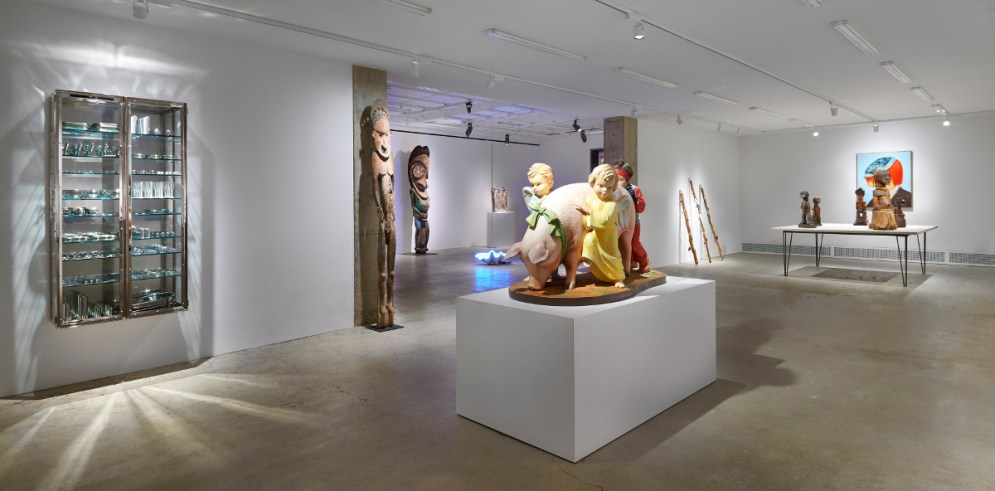
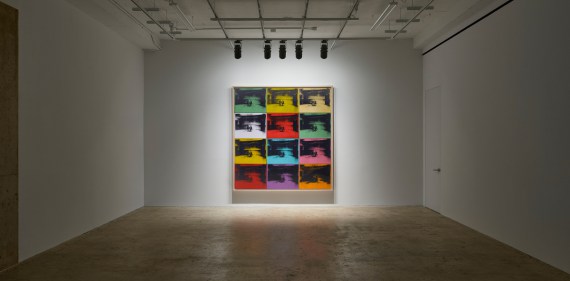
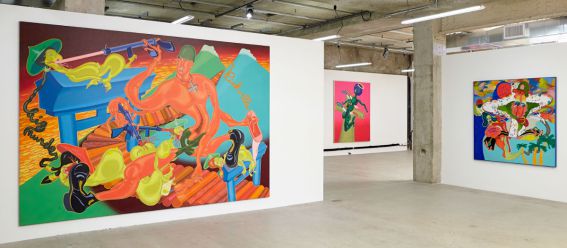
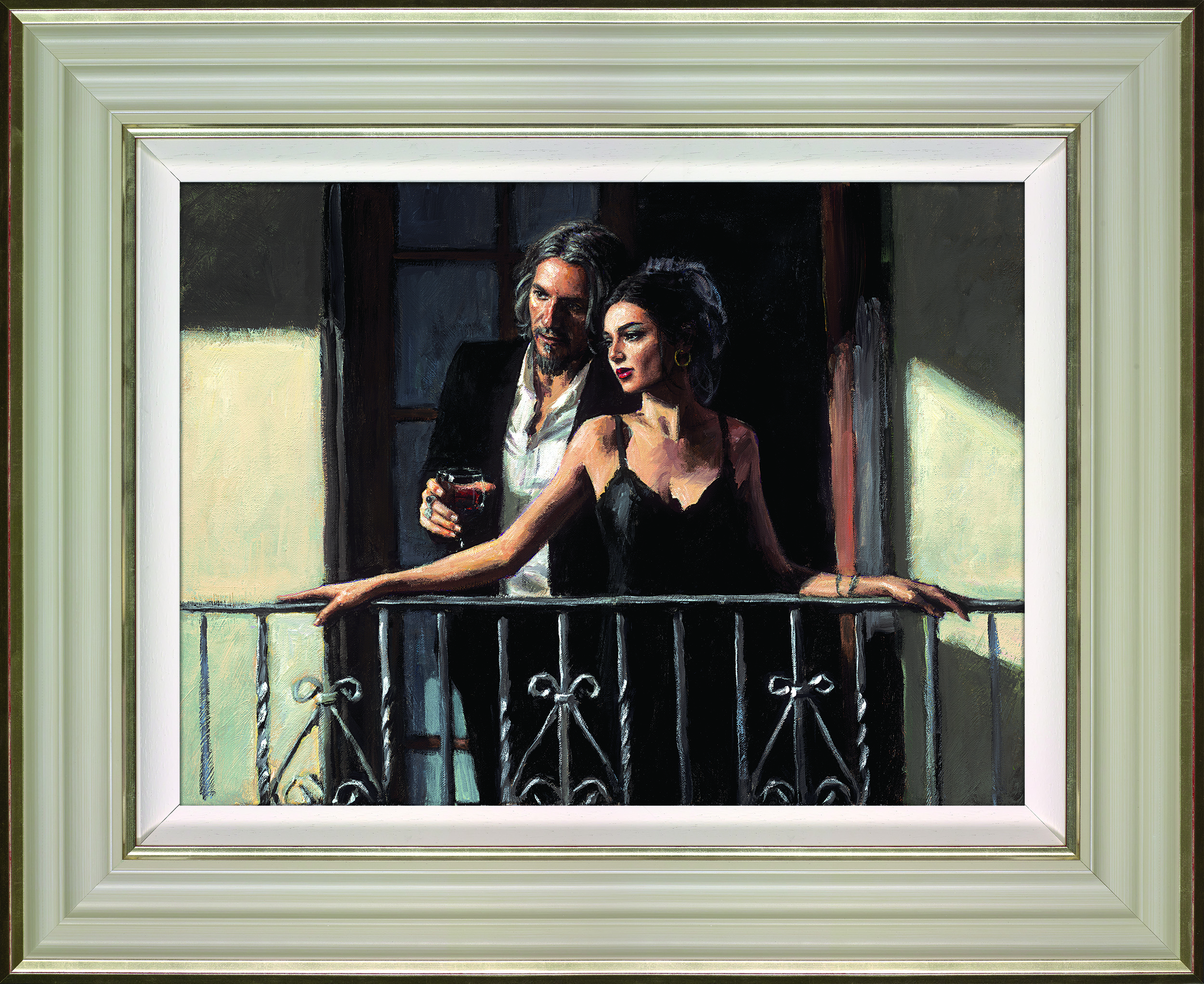
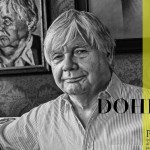
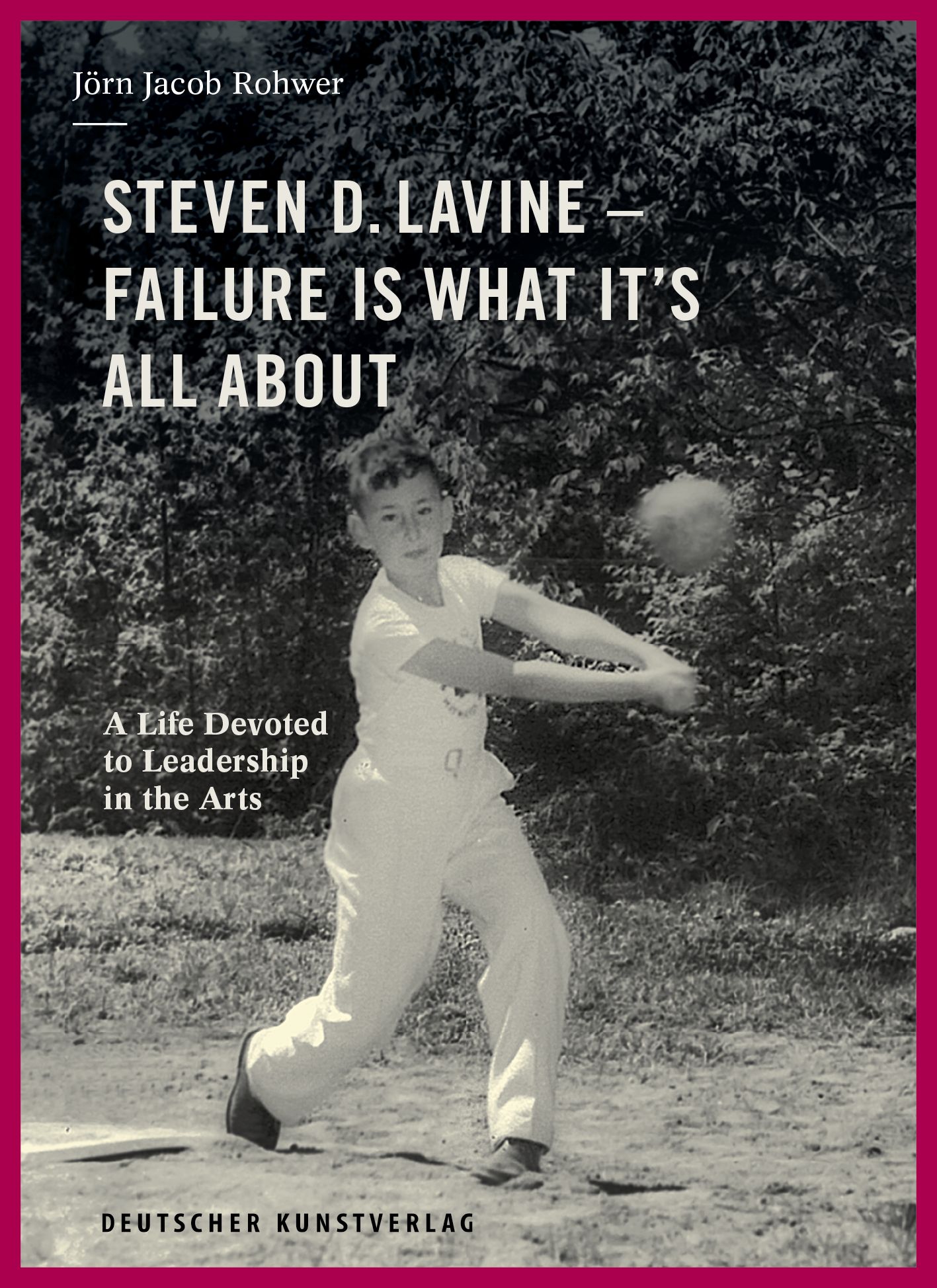

 Saving...
Saving...